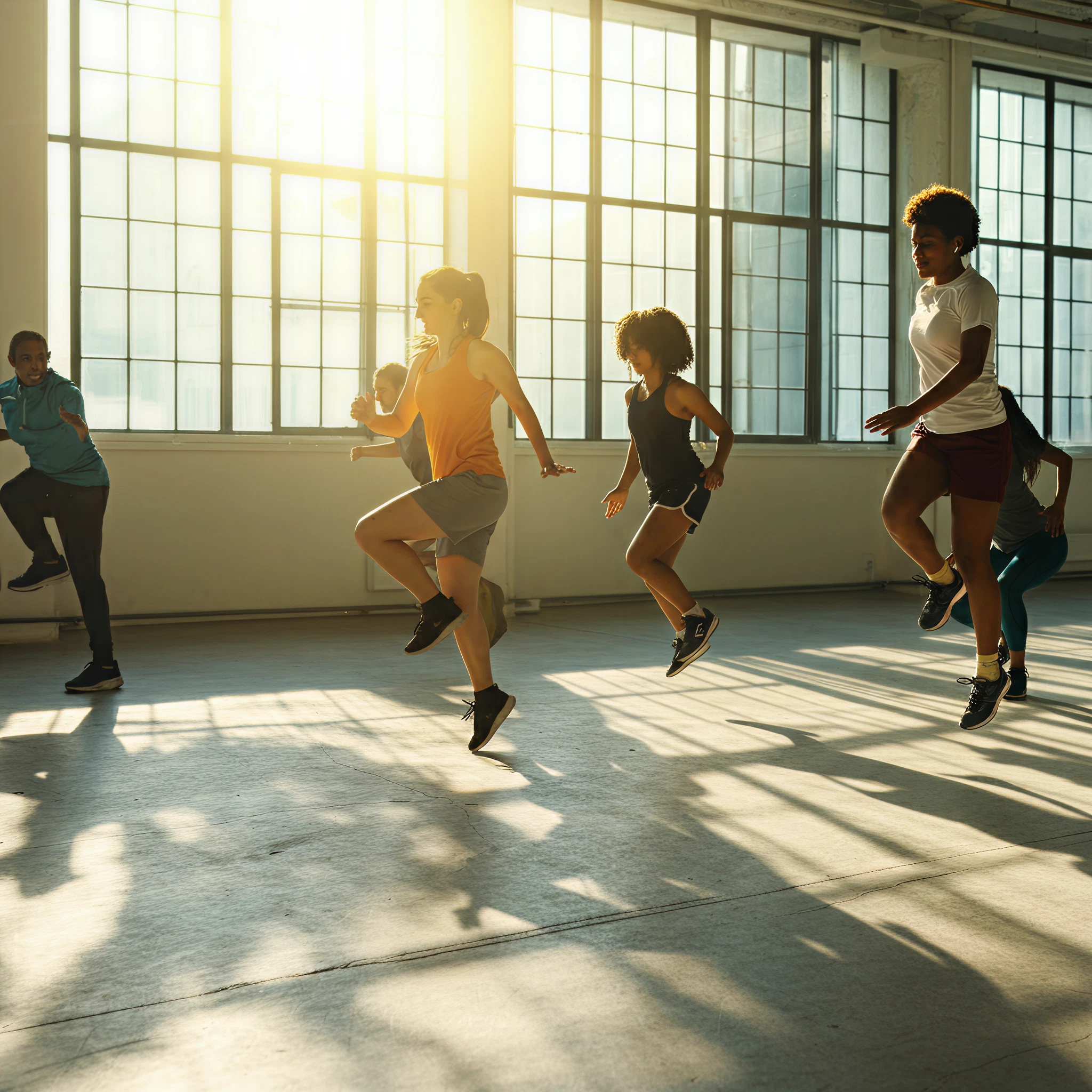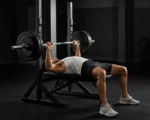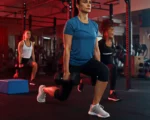Every athlete knows that preparation is key to success. Whether you’re running, lifting, or practicing martial arts, how you prepare your body before hitting peak performance is critical. One fundamental yet often overlooked preparation step is the warmup. Warmup exercises aren’t just a formality; they are a gateway to optimal performance and injury prevention.
If you’re an athlete aiming to push your limits safely and effectively, here’s why integrating warmup exercises into your routine is non-negotiable.
What Is a Warmup and Why Does It Matter?
A warmup is a set of dynamic movements designed to gradually prepare your body for more intense physical activity. It literally «warms» your muscles by increasing blood flow, heart rate, and body temperature. This primes your muscles, increases joint flexibility, and ensures your cardiovascular system is ready to handle the demands of your workout.
More importantly, warmups reduce the likelihood of injuries. Cold and stiff muscles are more prone to tears and strains during rigorous activities. A proper warmup increases elasticity, improves mobility, and prepares your body to perform without putting you at unnecessary risk.
The Key Benefits of Warmup Exercises
For athletes, warmup exercises go beyond just getting the blood flowing. They offer a range of benefits that significantly enhance performance and safety:
- Reduced Risk of Injury
Gradual movement prepares your muscles, joints, and ligaments for the stresses of exercise, making you less susceptible to strains, tears, and other injuries.
- Improved Performance
Warm muscles contract more effectively, leading to better speed, strength, and endurance. A proper warmup also activates your nervous system, sharpening focus and reaction time.
- Loosened Joints and Improved Flexibility
Dynamic movements help increase your range of motion, ensuring smooth and efficient exercises, whether you’re sprinting or performing complex plyometric workouts.
- Enhanced Blood Flow and Oxygen Delivery
Warmups boost circulation to your muscles, ensuring they get the oxygen and nutrients they need to perform at their best, especially during high-intensity activities.
- Mental Preparation
Beyond the physical, a warmup ritual readies your mind. It offers a moment to focus, visualize success, and mentally tune into the task ahead.
How to Structure an Effective Warmup
Not all warmups are created equal. To be effective, warmups should include active, dynamic movements that mimic the activity you’re about to engage in. Here’s how you can structure your warmup effectively:
1. Start With Light Aerobic Activity
Give your body a gradual «wake-up call» with a light jog, brisk walk, or jumping jacks. Aim for 1-3 minutes to elevate your heart rate and get your blood pumping.
2. Incorporate Dynamic Stretches
Dynamic stretches involve actively moving your muscles and joints through their full range of motion. Examples include arm circles, torso twists, walking lunges, or leg swings. These stretches prepare your body to move fluidly, unlike static stretches, which are better saved for cooling down.
3. Mimic Your Main Activity
Perform movements that closely relate to your sport or workout. For example:
— Runners can do exaggerated high knees or hamstring kicks.
— Weightlifters should use lighter weights to perform a few sets of their planned lifts.
— Martial artists can practice slow punches or kicks.
Adapting your warmup to your sport ensures you’re targeting the specific muscles and movements you’ll need.
4. Adjust for the Weather
Temperature plays a role in how much time your warmup might need. Colder weather requires a longer warmup as your body takes more time to reach optimal muscle temperature. Conversely, in warmer conditions, your muscles loosen up faster.
Common Warmup Exercises for Athletes
Need specific inspiration? Here are some widely recommended warmup moves that work for most types of physical activities:
- Jumping jacks (full-body activation)
- Arm circles and shoulder rolls (upper body joints)
- Leg swings (hip and thigh flexibility)
- Bodyweight squats (lower-body activation)
- Torso twists (spinal mobility and rotational readiness)
Feel free to mix and match based on your sport or activity, ensuring all major muscle groups are ready to perform.
The Relationship Between Warmups and Stretching
One key distinction to remember is the difference between warmups and stretching. Warmups should be dynamic and active, designed to prep your muscles for movement. Stretching, on the other hand, is most effective during cooldowns when your muscles are already warm. Post-exercise stretching improves flexibility and reduces muscle tension—but it shouldn’t replace a proper warmup.
Why Athletes Can’t Afford to Skip Warmups
Athletes face unique physical demands, making warmups an essential part of their routine. Skipping a warmup may save a few minutes, but it significantly increases the risk of injury and negatively impacts performance.
Consider this: professional sports teams and Olympic athletes dedicate time to warmups because the benefits are undeniable. For them, every ounce of preparation counts. The same principle applies to any athlete, regardless of their competitive level.
Takeaway
Warmup exercises are the foundation of a safe and effective workout. They reduce injury risk, enhance performance, and mentally prepare you for the challenge ahead. By including dynamic stretches, sport-specific movements, and a touch of cardio, you’ll set yourself up for both peak performance and long-term success.
Your body is your most valuable asset as an athlete. Give it the care and preparation it deserves with a proper warmup—for every workout, practice, or competition.








